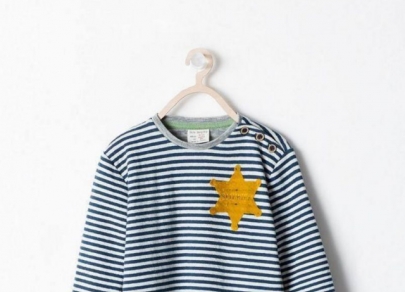FX.co ★ Four marketing failures of the century
Four marketing failures of the century
In a bid to revive their fortunes in South East Asia where Coca-Cola were outselling them by a huge distance (75% to 17% market share), Pepsi-Cola Philippine Inc.'s top brass put their heads together and came up with an ingenious marketing plan called the “The Number Fever”. The plan was simple: the underside of the bottle caps of some of their best selling drinks – Pepsi, Mountain Dew and 7 Up – would have a 3-digit number and a cash prize amount ranging from 1000 pesos to 1 million pesos imprinted on them. The grand prize of one million pesos was to be given to one lucky winner who had the winning number, announced at the end of the promotion. In two weeks, Pepsi's sales grew by almost 40% - the success was enormous!
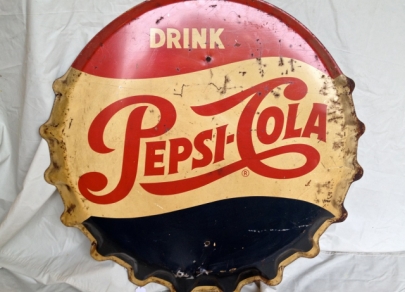
Pepsi announced that the million will receive the number 349. However, some numbers should not have been among the winning ones, and 349 was just among them - it was printed on 800 thousand covers! Tens of thousands of Filipinos came to their office claiming the prizes, and Pepsi tried their best covering up, saying the caps did not contain proper security codes and all that. They also told them that a computer glitch picked the number by mistake. Gravely disappointed, the crowd went berserk and set the streets of Manila on fire. The company owed the "winners" 8 billion pesos. For comparison, in 2012 the company's profit amounted to 240 billion pesos.
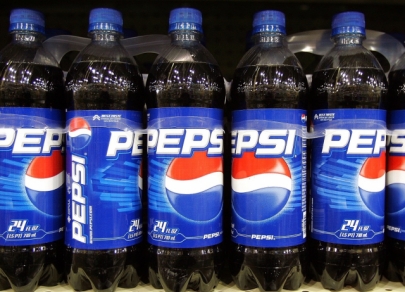
Hong Kong will take your breath away. Such print advertising was widely distributed in Europe by the Hong Kong Tourism Board in early 2003. And that's when the deadly epidemic of atypical pneumonia, the main symptom of which is shortness of breath, began to spread in the East. The Council immediately stopped advertising in all major journals.
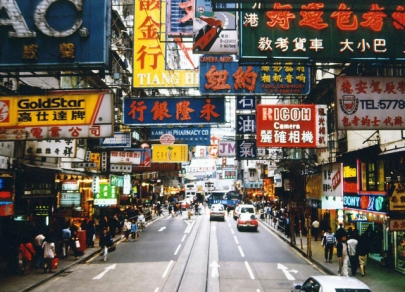
Starbucks chose the wrong moment for the presentation of Collapse into cool campaign. In the summer of 2002 (less than a year after 9/11), Starbucks released their new ad campaign. This seemingly innocuous image soon garnered the attention of customers who thought that something just wasn't quite right about it. And the more they studied the image, the more wrong it seemed -- the two drinks standing side by side (just like the former World Trade Center towers had), towering over the oddly square, building-like blades of grass, the cute little dragonfly angling for a direct collision course with one of the drinks.
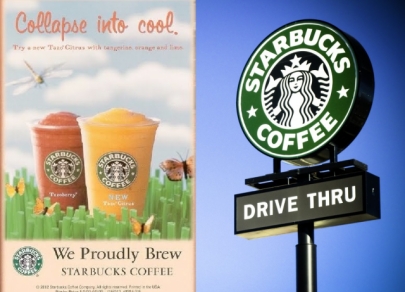
Fashion giant Zara pulled a children's shirt from its stores after customers complained that the striped pajama top with a yellow star resembled Holocaust prison garb. The shirt, produced in Turkey, was sold in the Spanish retailer's Albanian, French, Israeli and Swedish online stores. It was removed on Wednesday hours after it went on sale. The retailer, owned by Spanish giant Inditex, flooded Twitter early Wednesday morning with multilingual apologies, insisting the garment was modeled on cowboy sheriffs of the Old West, not on the uniforms Nazis forced Jews to wear in World War II concentration camps nor the infamous yellow stars that Nazis forced all Jewish people to wear in and outside the camps.
